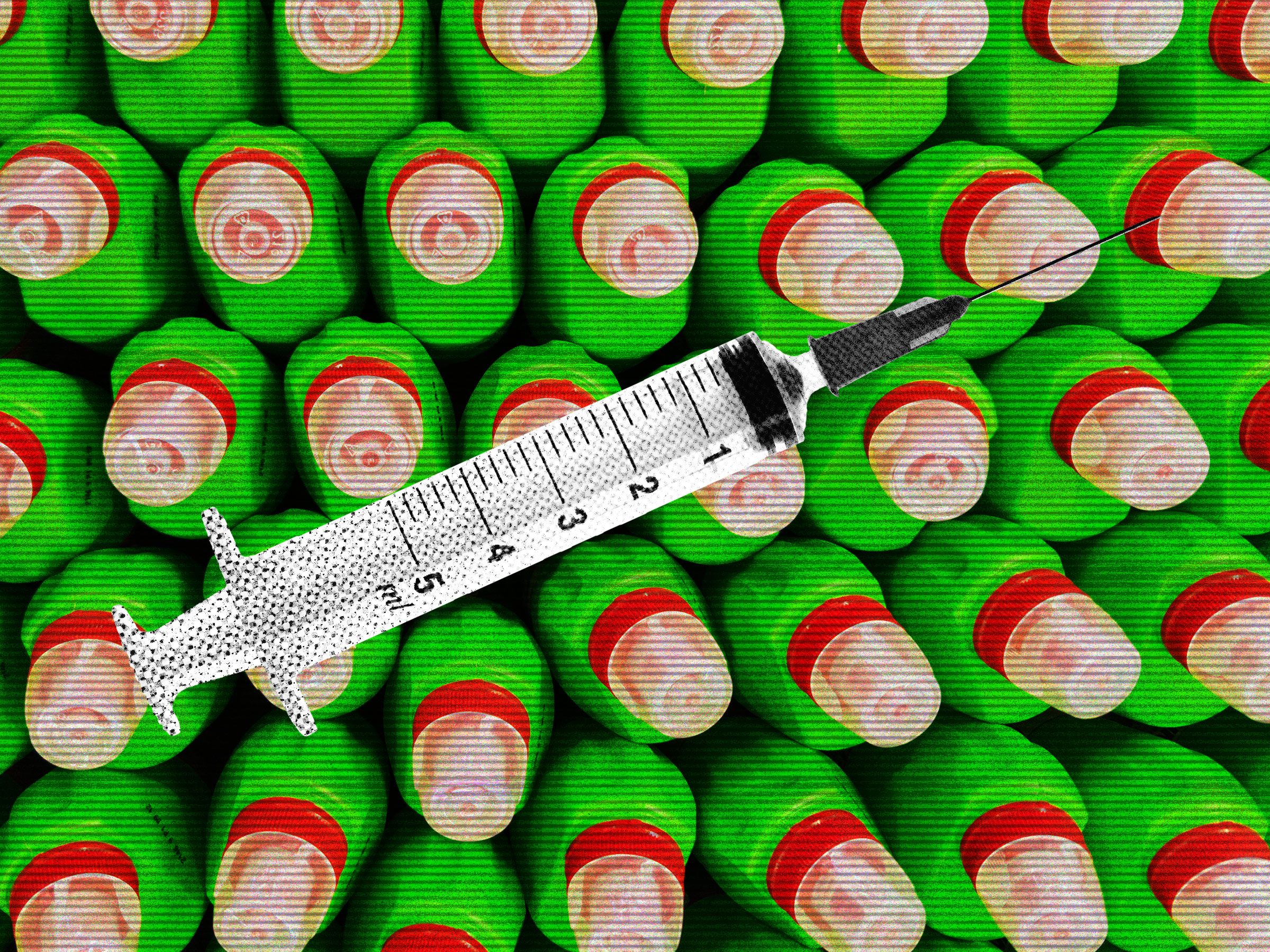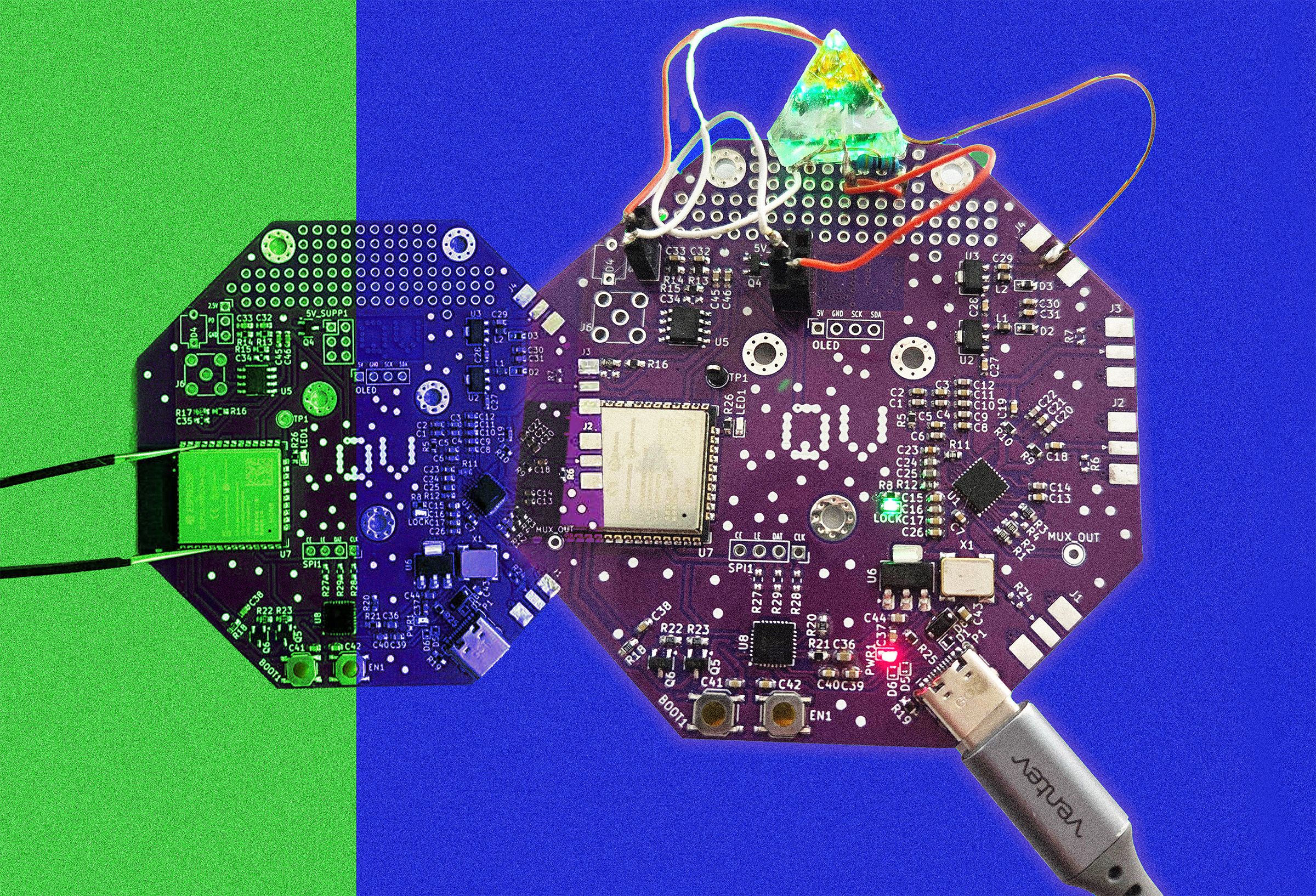An Inventor Is Injecting Bleach Into Cancerous Tumors—and Wants to Bring the Treatment to the US
An Inventor Is Injecting Bleach Into Cancerous Tumors—and Wants to Bring the Treatment to the US
In a groundbreaking development, an inventor in Europe has been experimenting with…

An Inventor Is Injecting Bleach Into Cancerous Tumors—and Wants to Bring the Treatment to the US
In a groundbreaking development, an inventor in Europe has been experimenting with injecting bleach into cancerous tumors as a potential treatment. This unconventional approach has shown promising results in early trials, with some tumors shrinking drastically after the bleach treatment.
The inventor, who has requested to remain anonymous, believes that the bleach works by targeting the cancer cells directly and disrupting their growth. Unlike traditional chemotherapy, which can have harmful side effects on healthy tissues, the bleach treatment appears to be more targeted and less damaging to the body.
The inventor is now seeking approval to bring the treatment to the United States, where millions of people are diagnosed with cancer each year. If successful, this new approach could revolutionize the way cancer is treated and potentially save countless lives.
However, some experts in the medical field remain skeptical of the bleach treatment, citing concerns about its safety and long-term effectiveness. More research and clinical trials will be needed to fully understand the potential benefits and risks of this treatment.
Despite the controversy surrounding the bleach treatment, many patients with advanced cancer are eager to try any potential treatment that could offer hope for a cure. The inventor’s bold and unconventional approach has sparked a debate within the medical community about the ethics and safety of experimenting with unproven treatments.
As the inventor continues to push for approval to bring the bleach treatment to the US, the debate over its safety and efficacy is likely to intensify. It remains to be seen whether this groundbreaking approach will become a mainstream treatment for cancer or remain a controversial and experimental option for patients.
Regardless of the outcome, the inventor’s willingness to think outside the box and explore new ways of treating cancer is a testament to the ongoing innovation and drive within the medical community to find better solutions for this devastating disease.







